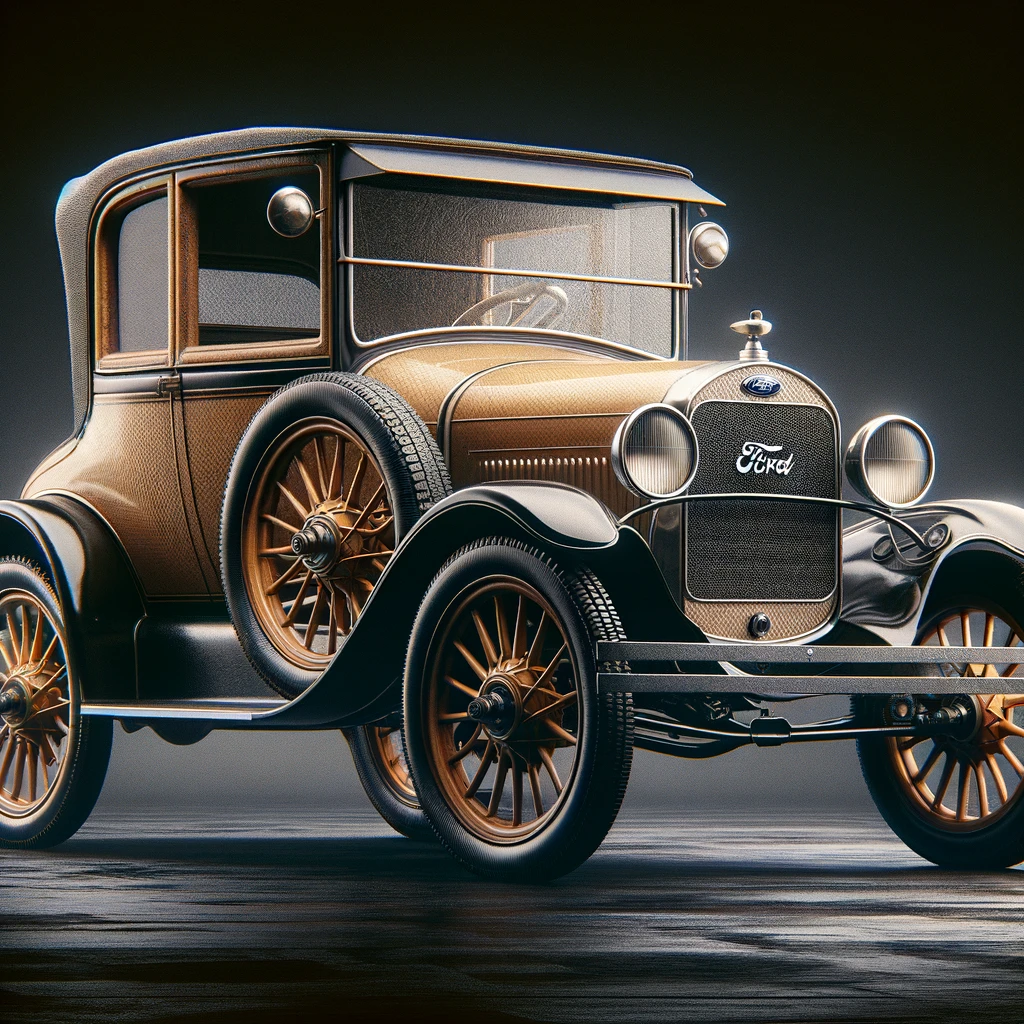November 28th is a notable date in the automotive world, marked by groundbreaking achievements and key milestones. This article highlights ten pivotal events from this day, showcasing the evolution and innovation within the industry. From Ford’s Model A to cutting-edge electric vehicles, each moment reflects the remarkable journey of automotive progress. Join us as we explore these significant milestones that have helped shape the course of automotive history.
- Ford’s Model A Introduction (1927): The launch of Ford’s Model A was a monumental event in automotive history. After the unprecedented success of the Model T, which fundamentally changed the automobile industry and made cars accessible to the masses, Ford faced the challenge of producing a worthy successor. The Model A, introduced on November 28, 1927, was a complete redesign, featuring more sophisticated engineering and a range of body styles. It offered features like a three-speed transmission, hydraulic shock absorbers, and a stylish interior, setting new standards in automobile design and comfort.
- Launch of the Subaru 360 (1958 in Japan): The Subaru 360, introduced on this day in Japan, marked a significant shift in Asian automotive manufacturing. Known affectionately as the “ladybug” in Japan, the Subaru 360 was designed to be a practical and affordable vehicle for the average Japanese family. It was small, economical, and its air-cooled, two-stroke engine provided sufficient power for everyday use. The car’s introduction played a key role in motorizing post-war Japan and laid the groundwork for Subaru’s future success as an international car manufacturer.
- Bertha Benz’s Historic Journey (1888): Bertha Benz, wife of Karl Benz, undertook the first long-distance journey in an automobile, driving from Mannheim to Pforzheim in Germany. Although this journey didn’t happen on November 28, it remains an important milestone in automotive history. Her trip demonstrated the potential of the motor vehicle as a means of transportation, leading to greater public interest and investment in the automotive industry.
- First Traffic Signal Patent (1923): On November 28, 1923, Garrett Morgan, an African American inventor, patented a traffic signal design. This invention was pivotal for automotive safety, as it significantly improved the management of traffic flow and reduced accidents at intersections. Morgan’s design was one of the earliest examples of a traffic signal and laid the foundation for modern traffic control systems.
- Electric Vehicle Breakthrough (1997): The unveiling of the General Motors EV1 on November 28, 1997, marked a crucial milestone in the history of electric vehicles. The EV1 was one of the first mass-produced electric cars and represented a significant technological advancement in automotive engineering. Its introduction highlighted the potential for electric vehicles to become a viable alternative to gasoline-powered cars, paving the way for the electric vehicle revolution we are witnessing today.
- Rally of Thailand (Year Unspecified): Although not specifically occurring on November 28, the Rally of Thailand is an important event in Thailand’s automotive history. This rally is a testament to the country’s enthusiasm for motor sports and its growing automotive industry. The event attracts competitors from around the world and showcases Thailand’s capabilities in hosting international automotive events.
- Introduction of the Seatbelt Law (Various Dates): The implementation of mandatory seatbelt laws globally has been a critical factor in increasing automotive safety. While these laws weren’t enacted on November 28 specifically, their introduction over the years has dramatically reduced fatalities and injuries in car accidents. The seatbelt is a simple yet effective safety device, and its mandatory use is a testament to the automotive industry’s commitment to safety.
- Rolls-Royce Merger (1906): The formation of Rolls-Royce on December 23, 1906, was a landmark in luxury automotive history. Charles Rolls and Henry Royce’s partnership brought together Rolls’ marketing expertise and Royce’s engineering skills, leading to the creation of some of the most luxurious and well-crafted vehicles in the world. The brand has become synonymous with automotive luxury and craftsmanship.
- Record-Breaking Electric Car Speed (2017): On November 28, 2017, the ABB FIA Formula E Championship car set a new record for electric car speed. This achievement not only showcased the advancements in electric vehicle technology but also emphasized the potential for electric cars in competitive racing. It demonstrated that electric vehicles could deliver high performance and speed, challenging the traditional dominance of gasoline-powered race cars.
- Toyota Becomes the World’s Largest Automaker (2008): Around this time in 2008, Toyota’s ascendancy to become the world’s largest automaker was a significant moment in Asian automotive history. This achievement marked the culmination of years of innovation, quality, and efficiency in manufacturing. Toyota’s rise to the top reflected the shift in the global automotive industry and underscored the increasing importance of Asian car manufacturers in the global market.

Leave a Reply